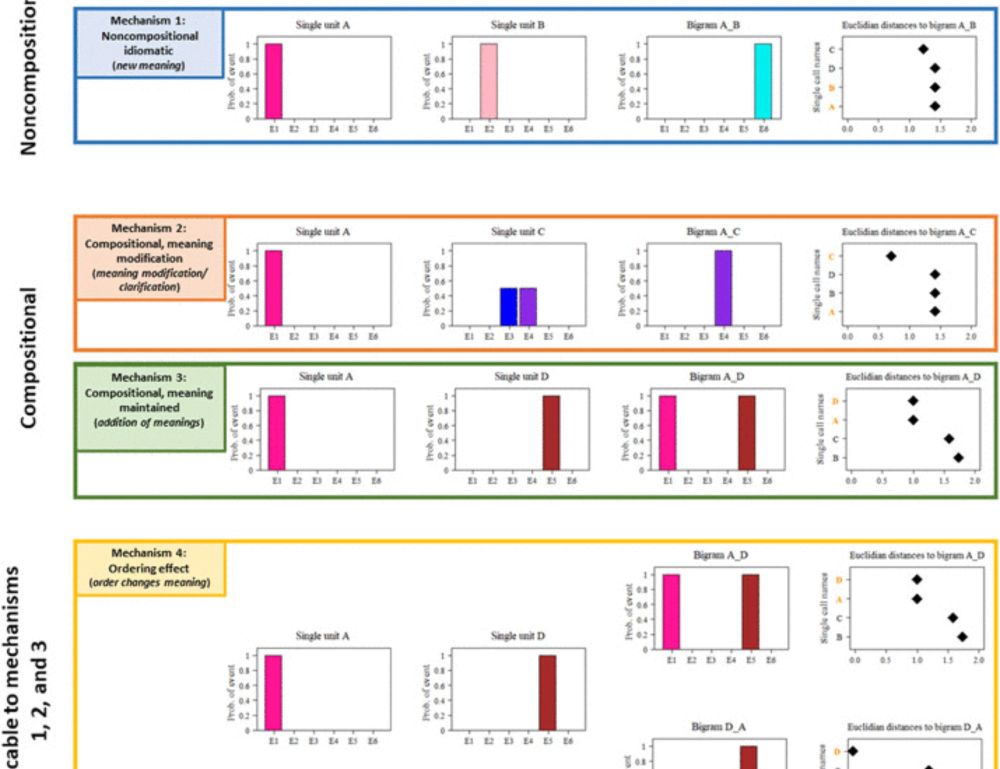
yannickbecker.weebly.com
📖 Read the press release: www.cbs.mpg.de/2358103/2025...
With amazing co-authors and funders (here online): @alfredanwander.bsky.social @tozbu.bsky.social @taichimpproject.bsky.social @awi.de @maxplanck.de @mpicbs.bsky.social @natureportfolio.nature.com @fondationfyssen.bsky.social

📖 Read the press release: www.cbs.mpg.de/2358103/2025...
With amazing co-authors and funders (here online): @alfredanwander.bsky.social @tozbu.bsky.social @taichimpproject.bsky.social @awi.de @maxplanck.de @mpicbs.bsky.social @natureportfolio.nature.com @fondationfyssen.bsky.social
Huge kudos to the EBC Consortium behind this work—sourcing naturally or unavoidably deceased primates from the field all across Africa, from sanctuaries and from zoos all across Europe.
The future of language research lies in both the lab and the wild.
🧪🌿
Huge kudos to the EBC Consortium behind this work—sourcing naturally or unavoidably deceased primates from the field all across Africa, from sanctuaries and from zoos all across Europe.
The future of language research lies in both the lab and the wild.
🧪🌿
Bonus: Chimp communication already shows structure, combinations, and even some syntax-like patterns. See super recent example: www.science.org/doi/10.1126/...
The long AF may support this, making it a bridge between gesture, vocalisation, and early language.

Bonus: Chimp communication already shows structure, combinations, and even some syntax-like patterns. See super recent example: www.science.org/doi/10.1126/...
The long AF may support this, making it a bridge between gesture, vocalisation, and early language.
Bottom line?
The neural scaffolding for language likely existed in the last common ancestor of humans and chimps, ~7 million years ago.
Bottom line?
The neural scaffolding for language likely existed in the last common ancestor of humans and chimps, ~7 million years ago.
Lateralisation matters too.
Most chimps (esp. zoo-housed) showed left-hemisphere dominance for AF-MTG, just like us.
Wild chimps had more variation—hinting at environmental influence on brain plasticity. 🌍🧠
Lateralisation matters too.
Most chimps (esp. zoo-housed) showed left-hemisphere dominance for AF-MTG, just like us.
Wild chimps had more variation—hinting at environmental influence on brain plasticity. 🌍🧠
Key finding:
🔹 In humans, AF-MTG is stronger than AF-STG
🔹 In chimps, it’s the opposite—AF-STG dominates
→ Suggests evolutionary strengthening of a pre-existing pathway, not a brand-new invention.
Key finding:
🔹 In humans, AF-MTG is stronger than AF-STG
🔹 In chimps, it’s the opposite—AF-STG dominates
→ Suggests evolutionary strengthening of a pre-existing pathway, not a brand-new invention.
The AF-MTG connection in chimps is weaker than in humans but present in all tested brains.
And that changes everything.
Language wiring didn’t appear out of nowhere—it evolved gradually. 🧬
The AF-MTG connection in chimps is weaker than in humans but present in all tested brains.
And that changes everything.
Language wiring didn’t appear out of nowhere—it evolved gradually. 🧬
But in our new study, using ultra-high-res diffusion MRI (500μm), we found AF-MTG connections consistent in both wild and captive chimpanzees.
But in our new study, using ultra-high-res diffusion MRI (500μm), we found AF-MTG connections consistent in both wild and captive chimpanzees.
The arcuate fascicle (AF) is a key brain tract linking language areas in humans, especially Broca’s area with the middle temporal gyrus (MTG), vital for syntax and semantics.
Until now, AF-MTG connection was thought to be human-only. 🤯
The arcuate fascicle (AF) is a key brain tract linking language areas in humans, especially Broca’s area with the middle temporal gyrus (MTG), vital for syntax and semantics.
Until now, AF-MTG connection was thought to be human-only. 🤯
Great that parts of this project are finally seeing the light of day.
thanks to Adrien Meguerditchian and @erc.europa.eu, @ilcb.bsky.social, @neuromarseille.bsky.social, @fondationfyssen.bsky.social for the support!
Great that parts of this project are finally seeing the light of day.
thanks to Adrien Meguerditchian and @erc.europa.eu, @ilcb.bsky.social, @neuromarseille.bsky.social, @fondationfyssen.bsky.social for the support!


